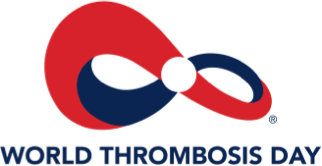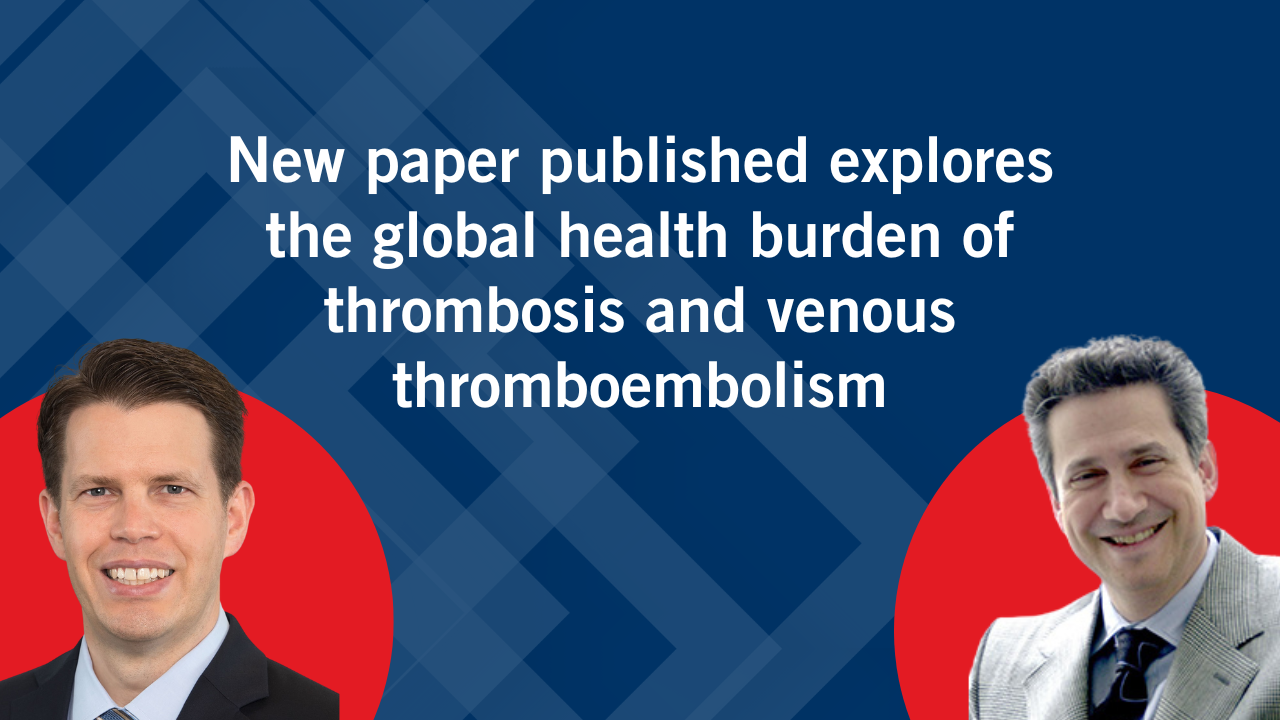How to get funding support for WTD activities: Q&A with patient advocate Ann Marie O’Neill
Ann Marie O’Neill is the CEO and Founder of Thrombosis Ireland, which she created after surviving multiple blood clots and noticed a lack of blood clot awareness and education. Under Ann Marie’s leadership, Thrombosis Ireland has become a global leader in World Thrombosis Day (WTD) awareness and prevention, thanks in large part to its successful campaigns, events, activities and programs each year. Ann Marie was honored as the WTD 2023 Patient Ambassador of the Year.
But how does Thrombosis Ireland fund its activities? Today, Ann Marie shares a behind-the-scenes look at her strategies for obtaining funding and financial support for WTD activities in local communities, such as public and private grants and collaborations with pharmaceutical companies. She shares advice for WTD partners and actionable tips on how you can get started in your local community. Thank you, Ann Marie!
+++
Thrombosis Ireland has achieved tremendous success with its creative WTD awareness activities. How are your activities generally funded?
O’Neill: We fundraise from many sources to keep our support organisation afloat, but our awareness campaigns are mainly funded through educational grants from pharmaceutical companies—as many as possible. Because they are usually specific events and campaigns, it is easier to get this kind of funding.
When you first founded Thrombosis Ireland, you had to start from the “ground up.” What types of organizations did you initially reach out to in order to support your awareness goals?
O’Neill: When we started initially, we reached out to individual hospitals and healthcare professionals. We found it was better to work from the inside rather than from the outside in order to get cooperation and buy-in to make the changes necessary to improve venous thromboembolism (VTE) patient safety within our hospitals and communities. We would approach anticoagulation clinics, haematologists and/or pharmacists in each hospital and offer to work with them to host a patient education/support event.
How do you organize an educational event like this, including logistics?
O’Neill: We would ask them to provide a room with PowerPoint facilities. We then had a set programme that we knew worked and encouraged them to follow it by providing a consultant haematologist, pharmacist, psychologist, nurse specialist and sometimes a physiologist to present on the day. Each presentation is 20 minutes long with 5 to 10 minutes for Q&A. This section was very important. Patients and families had a great opportunity to ask questions and get direct answers from the best specialists in VTE, anticoagulation medication, managing health anxiety, post-thrombotic syndrome and just general day-to-day issues.
How do you promote and market the event?
O’Neill: We would design and print posters and invitations and deliver them to the hospital for distribution. We advertised the event on our social media and in the local community. Sometimes, we took out newspaper advertising or community radio advertising. We also did radio interviews where possible.
We looked after the booking administration, reminders and registration on the day. We also provided an information table, helium balloons and banners on the day. As the news spread about our events, we started to receive invitations to host patient events and healthcare professional education events in hospitals all over Ireland. From then on, we would always encourage each hospital to host a morning patient event and three 30-minute staff lunch-and-learn sessions to cover each lunch shift, asking the pharmaceutical companies to sponsor lunch to encourage all staff to attend.
Do you have an example of an effective awareness campaign or program you have created?
O’Neill: In 2019, we created our “Stop the Clot Roadshow.” We wrapped a double decker bus and fitted it out with exercise and lifestyle/dietary advice upstairs, VTE information and a presentation area downstairs. We visited 12 hospitals over six weeks. We educated patients and community health care professionals in the mornings and parked in the middle of the local community, usually in the centre of a town or the car park of the local shopping centre in the afternoon. This allowed us to educate and create awareness among the public. It was a roaring success and reached over 3 million people with our life saving message through social media, newspaper articles, radio advertising and interviews and the bus campaign itself!
We were awarded the World Thrombosis Day Activity of the Year Award for this campaign in 2019. We were so proud to receive this award. This event was funded by pharmaceutical grants, a corporate grant, funding from a research fund and some funding from a collaboration with “Healthy Ireland,” which is a department in our Irish Health Department. This collaboration also provided community staff to work on the bus in each town. They encouraged smoking cessation, healthy eating and exercise. They also helped to raise local public awareness on the ground at each location.
With the success of the roadshow, how have you scaled the program across Ireland?
O’Neill: Three years ago, we realised that we could not physically meet the demands for participation and decided to create and deliver a WTD Event Kit for each hospital to provide all they need to host a WTD awareness event in their hospital. The first year we provided about 25 kits to general hospitals around Ireland. The second year, we provided 40 kits to all general/acute hospitals in Ireland. In 2023 we provided 76 event kits and included all our maternity hospitals with maternity specific education posters and patient information booklets. Kits consist of table cloths, posters, banners, balloons, information leaflets, patient tray liners, infographics, awareness compostable coffee cups, awareness pens and more.
After working with the hospitals, we then started getting invitations from our Department of Health and individual medical organisations, to work on projects or speak at events in order to provide the patient perspective. We did not say no to anybody. We took every opportunity to raise awareness and network with everyone. We believe that sharing our patient stories helps to encourage change and explain in harrowing detail why thrombosis awareness and prevention are needed.
How do you spread the word about your activities to elevate your visibility with potential supporters?
O’Neill: We spread the word about our activities on all our social media platforms, on our website, by invitation in the local hospital anticoagulation clinic and crucially through email to all our hospital and community contacts and our membership. We usually contact the local community groups, general practitioners, community pharmacies, local radio stations and newspapers. We offer interviews and ask for them to announce the event regularly for a few weeks before the event. We seldom pay for radio or newspaper advertising for our events.
Have you found success with individual donor fundraising?
O’Neill: Every year we organise a “100km in 30 Days” event. It is usually in March, but this year we left it open for March and April and it was a good success. We are always looking for ways to help our members and the public fundraise for us. We also have a team enter a Women’s Mini Marathon every year. We have organised table quizzes, beard or head shaving and coffee mornings. All of these are very time-consuming, but necessary because it provides unrestricted funding for our rent, utilities and postage. Some blood clot patients and families have hosted their own events to fundraise for us and we could do with many more to continue our efforts.
What tips and/or tricks do you recommend for an organization to start with who is trying to fundraise to support their WTD efforts? What should be on their checklist to be successful?
O’Neill: Develop a relationship with all of the pharmaceutical companies who make anticoagulation medications and apply for a “Patient Support Group Grant.” It can take time, so start as early in the year as possible. You may find that some companies have different times of year for this process, so start getting to know the best person to deal with in each company. Organise to meet with your local pharmaceutical representative for each company and ask for their help with introductions.
Some pharmaceutical companies may also be willing to work on VTE awareness projects through their corporate marketing departments. Also, look at building a relationship with a corporate business partner. This is a different kind of agreement where they will want something in return like public acknowledgement of their support. Many companies are willing to use their corporate social responsibility fund to support charities. We are always happy to offer lunch-and-learn events for their staff and acknowledge their support on our website and social media.
Check out what grants are available and the dates that applications need to be processed. Many banks, credit unions, lottery companies, insurance companies and local and central government agencies provide grants for good causes. Before you apply, you will need to have a campaign plan, prices and expected outcome. You can also organise a public fundraising event and give patients an opportunity to support your efforts.
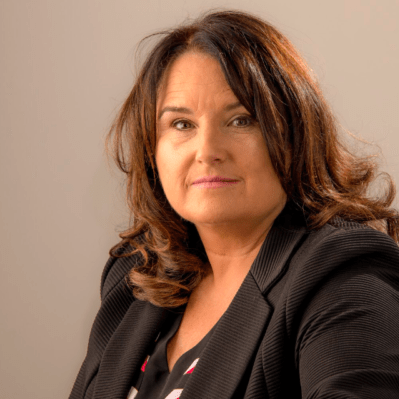
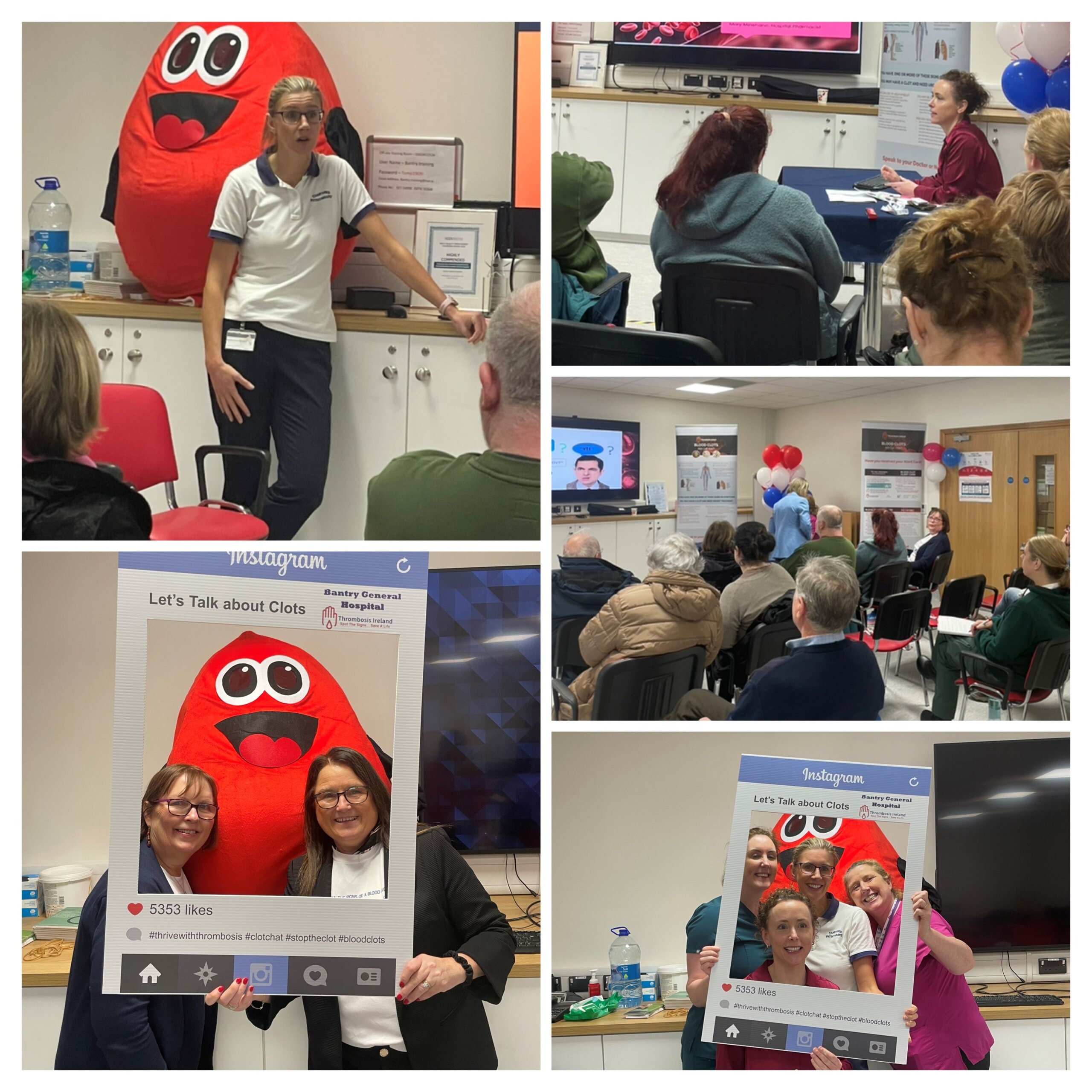
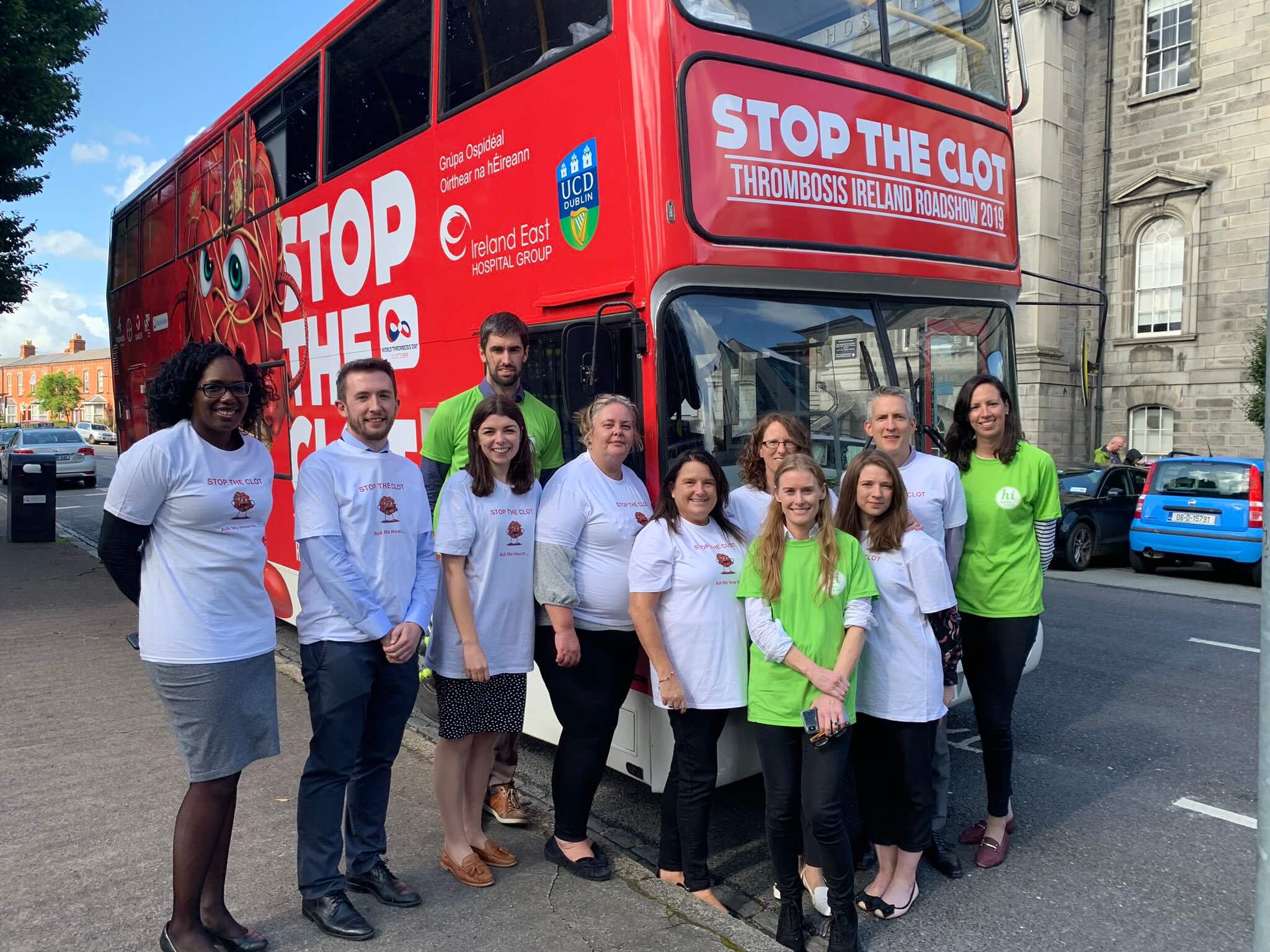
Share this post, choose a platform
Related Campaign News
Ann Marie O'Neill is the CEO and Founder of Thrombosis Ireland, [...]
A newly published paper in the journal Arteriosclerosis, Thrombosis, and Vascular [...]
In this series, World Thrombosis Day (WTD) shares interviews with members [...]
